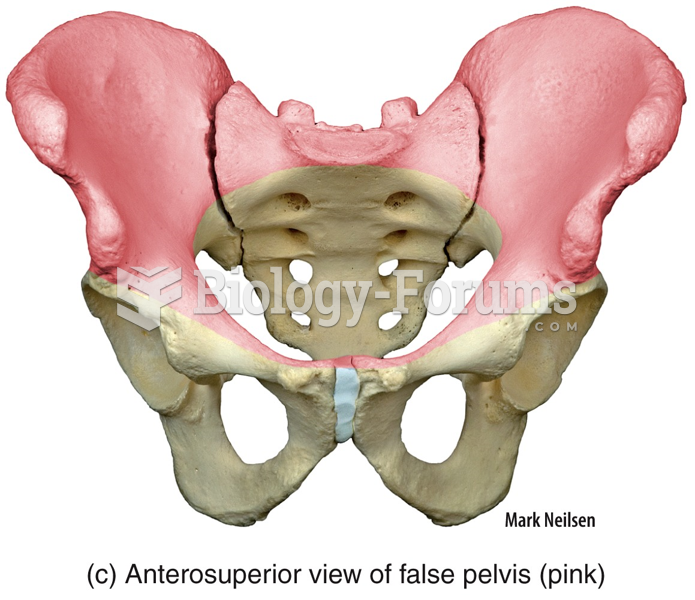Answer to Question 1
True
Answer to Question 2
Distribution cost efficiency is critical, given the magnitude of warehousing and distribution- related costs119 billion in 2009 . This is true whether functions are handled in-house or outsourced to 3PL providers. Aggregate cost efficiency measures focus on the total distribution spending versus goal or budget. Item-level KPIs focus on the distribution expense per unit of measure (e.g., cost per pallet, case, or order). It is a simple calculation of total distribution cost divided by the number of units processed.
Understanding what is spent to process each unit in a customer's order highlights the impact of distribution on the overall cost of goods. This KPI also provides a baseline from which cost improvement efforts can be made.
Asset utilization is a very important aspect of private distribution facilities. Organizations spend significant sums of money to build distribution facilities and outfit them with materials-handling equipment and technology. If the facility sits half empty, the company has wasted time and money on a poorly utilized asset. Space utilization is measured as a percentage of capacity used to capacity available in cubic feet or storage slots. An oft-cited goal is to consistently use 80 to 85 percent of a DC's capacity, which provides some available space for peak season volume.
Equipment utilization KPIs can be used by managers to assess the need for additional forklifts, conveyors, and related equipment. Spending on new equipment should not occur unless comparisons of equipment up time (number of hours equipment was available to use versus total hours required) and utilization (number of hours used versus total hours equipment was available) reveal a real need. These KPIs provide an objective indication that equipment is effectively used, sitting idle, or offline for repair.
Resource productivity impacts distribution cost and the ability of the operation to maximize throughput on a consistent basis. With distribution costs averaging nearly 10 percent of a sales dollar, productivity improvements will have a notable impact on the bottom line of the profit and loss statement. Productivity is measured as the ratio of real output to real input. An example of this is the number of units processed per labor hour, a widely used productivity KPI. Productivity KPIs and goals help distribution managers evaluate facility performance, estimate how much volume can be handled by the facility, and schedule labor. These easy-to-measure KPIs also provide early warning signals of distribution problems that must be addressed.
Resource efficiency measures compare distribution activity completion time versus expected time. Engineered standards are created by breaking down a task into small elements that can be timed by a stopwatch. Allowances are added for fatigue and personal needs to determine an accurate, standardized measure of time for an operation. Efficiency is then measured as a ratio of actual time required for task completion to the engineered standard time allowed for the task. This KPI can be used to evaluate an individual employee's ability to accomplish key tasks and the overall efficiency of operations. The engineered standards can be used by management to set and communicate objective efficiency standards for each distribution function.






